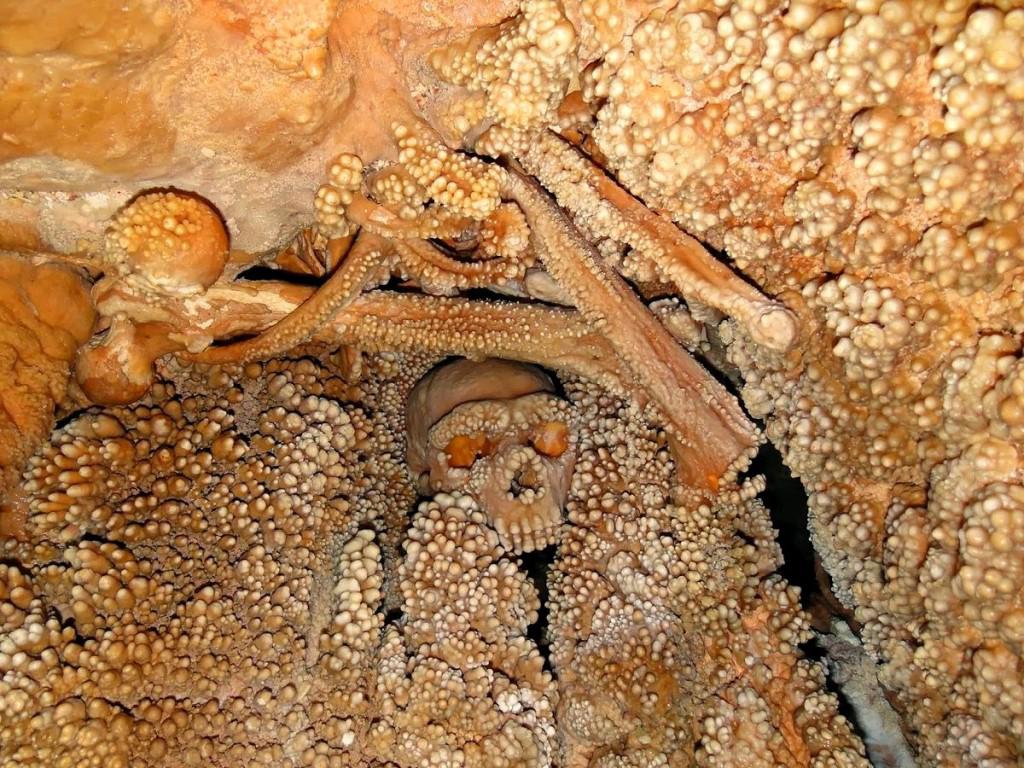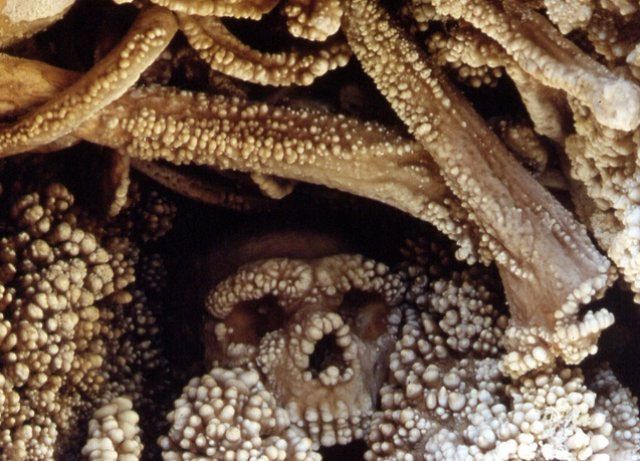Altamura Man: Unearthing the Life and Death of an Ancient Neanderthal
Deep within the earth’s embrace, in the depths of a sinkhole near the southern Italian town of Altamura, lies a remarkable relic of our ancient past – the impeccably preserved skeleton of Altamura Man. Over 130,000 years ago, this Neanderthal individual met his demise, leaving behind a wealth of clues about his life, his society, and the challenges he faced.
Altamura Man’s discovery in 1993 sent shockwaves through the scientific community. His remarkably intact skeleton, the most complete Neanderthal skeleton ever found, offered an unparalleled opportunity to study these archaic humans and gain insights into their biology, behavior, and evolution.
Despite the passage of thousands of centuries, Altamura Man’s skeletal remains reveal a man in the prime of his life, likely between the ages of 30 and 40. His bones bear witness to a life lived, hinting at his physical attributes, dietary patterns, and the activities he performed.
One striking feature of Altamura Man’s dentition is the absence of two front teeth. These missing teeth, particularly significant given the role Neanderthal front teeth played as a ‘third hand,’ suggest a life engaged in manual activities. Researchers believe that Altamura Man likely used his front teeth for tasks such as gripping meat while cutting it, handling skins or leather during preparation, and crafting tools.
The distinctive wear patterns on Altamura Man’s teeth further corroborate this theory of tool use and manual dexterity. These patterns resemble those observed in modern artisans who regularly engage in activities like woodworking or weaving, suggesting that Altamura Man and his Neanderthal counterparts possessed remarkable manual skills.
Altamura Man’s demise, tragically, stemmed from starvation. Analysis of his bones revealed signs of severe malnutrition, with evidence of growth arrest and bone lesions indicative of nutritional deficiencies. This stark reality highlights the challenges faced by Neanderthal populations as they adapted to fluctuating environmental conditions and resource availability.
Beyond his physical attributes and the circumstances of his death, Altamura Man’s discovery has also shed light on Neanderthal societal structures and behaviors. The presence of calcite crystals on his skeleton suggests that he was buried shortly after his death, implying a community that cared for its deceased members and practiced ritualistic burials.
Furthermore, the location of Altamura Man’s burial, within a sinkhole known to have been frequented by Neanderthals, suggests that this site held some significance for the group. Whether it was a place of gathering, a hunting ground, or a sacred site, the sinkhole played a role in the lives of Altamura Man and his community.
The discovery of Altamura Man stands as a testament to the enduring fascination with our Neanderthal ancestors. His impeccably preserved remains have opened a window into their lives, revealing their physical characteristics, their interactions with the environment, and the challenges they faced. As we continue to study Altamura Man and other Neanderthal individuals, we gain a deeper understanding of our own evolutionary history and the shared humanity that connects us to these distant relatives.
Related Post
A shocking documentary proves that mermaids do exist
SHOCKING Revelation: Thuya, Mother of Queen Tiye, Was the Grandmother of Akhenaten and Tutankhamun—What Ancient Egyptian Secrets Did She Leave Behind?
Breaking News: Astonishing Discoveries at Karahan Tepe Confirm an Extraterrestrial Civilization is Hiding on Earth, and NO ONE Knows!
Breaking News: Researchers FINALLY Discover U.S. Navy Flight 19 After 75 Years Lost in the Bermuda Triangle!
NASA’s Secret Investigation: Uncovering the Astonishing Mystery of the UFO Crash on the Mountain!
Explosive UFO Docs LEAKED: Startling Proof That Aliens Ruled Ancient Egypt!